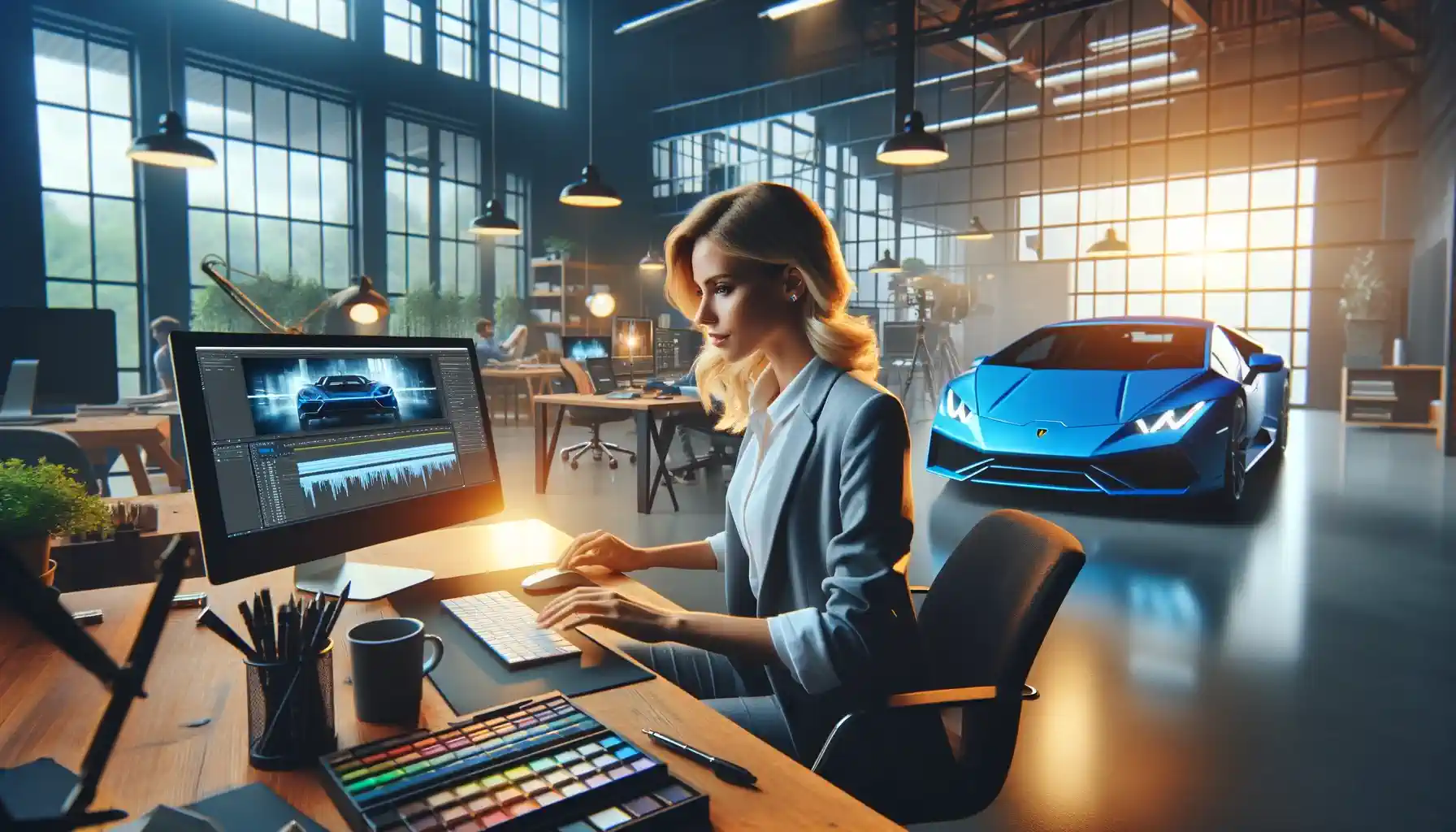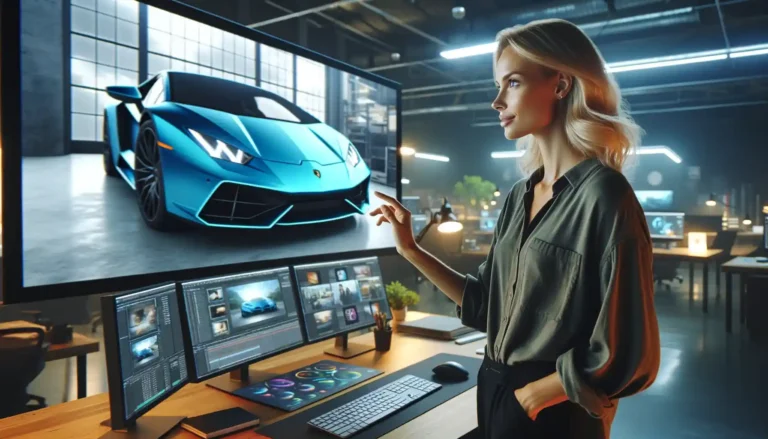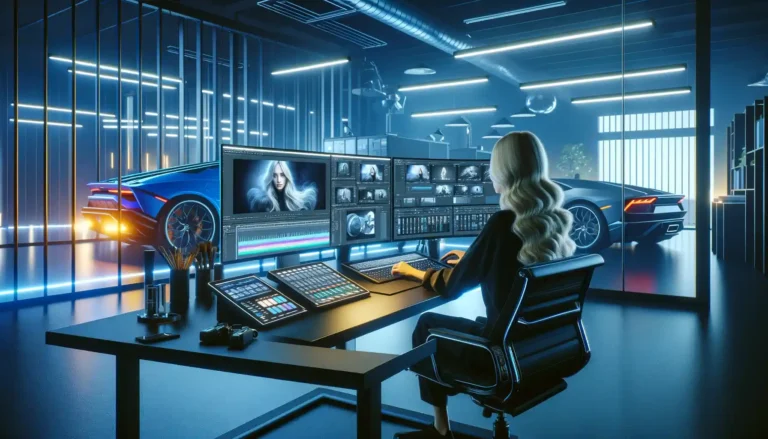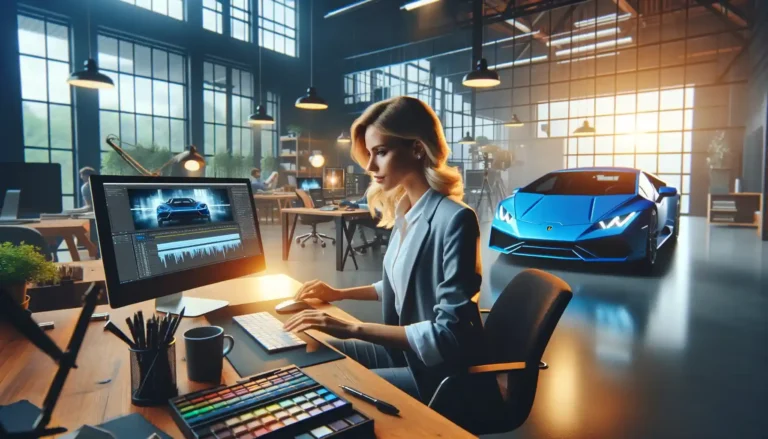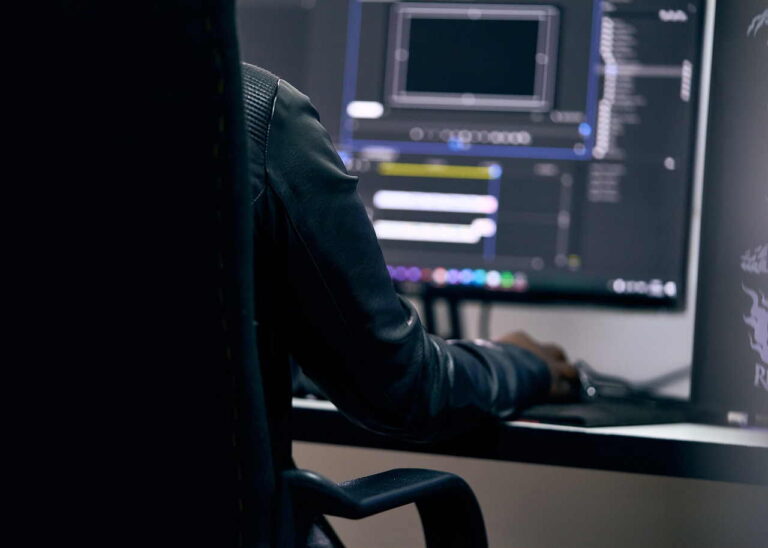How Motion Design Will Evolve in The Digital Video Marketing
Future of Video Advertising: Predictions and Insights into How Motion Design Will Evolve in the Digital Video Marketing Landscape. Video advertising stands at the forefront of digital marketing innovation, driven by continuous advancements in technology and changing consumer behaviors. As we look towards the future, motion design is poised to play an even more integral role in this dynamic field.
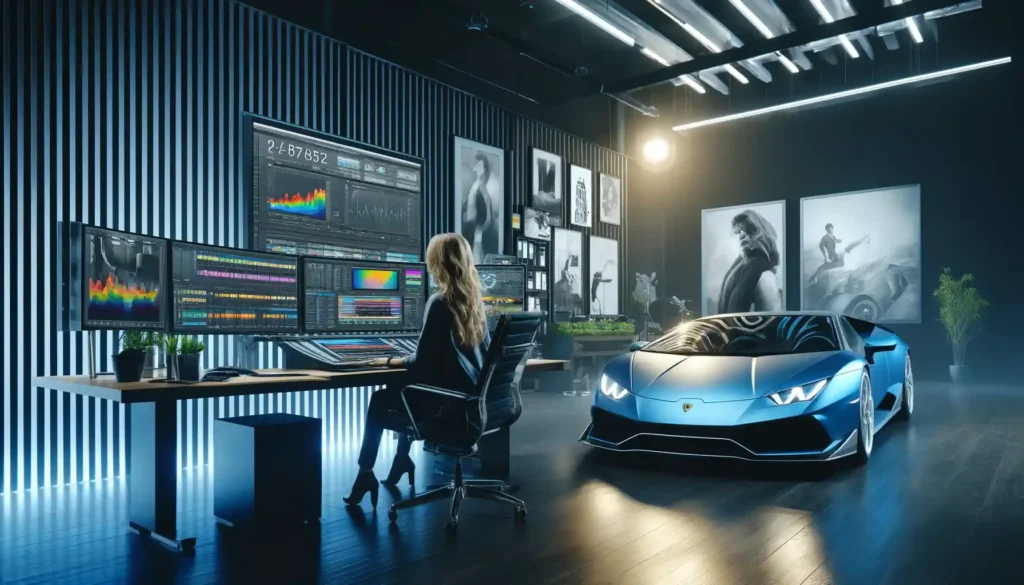
This article explores the emerging trends and predictions about how motion design will evolve and shape the future of video advertising.
1. Increased Integration of AR and VR
Prediction: Augmented Reality (AR) and Virtual Reality (VR) will become more prevalent in video advertising as these technologies become more accessible to marketers and appealing to consumers. Motion design will be crucial in creating immersive experiences that are not only engaging but also interactive.
Insight: As brands seek to offer unique experiences, the use of AR in motion design allows consumers to see products in their own space before buying, while VR can transport them to different worlds. For example, a furniture brand could use AR to help customers visualize how a piece of furniture would look in their living room, enhancing user engagement and boosting conversion rates.
2. Personalization at Scale
Prediction: Personalized video content will scale up, driven by advancements in AI and machine learning. Motion design will be tailored to individual viewer preferences, behaviors, and past interactions, creating highly personalized viewing experiences.
Insight: Personalization technology will allow for the automatic modification of colors, themes, and even storylines in video ads based on the viewer’s profile and historical data. This approach will not only increase relevance but also viewer retention rates.
3. Sophistication in Animation Techniques
Prediction: As software and hardware continue to advance, the sophistication of animation techniques used in video advertising will grow. This includes more realistic animations, complex simulations, and integration of 3D elements in 2D spaces.
Insight: Expect to see smoother, more detailed animations that can mimic real-life textures and movements more accurately. These advancements will allow brands to create more visually stunning and creative ads that can captivate audiences effectively.
4. Evolving Consumer Expectations
Prediction: Consumer expectations for high-quality, engaging content will continue to rise. Motion design in advertising will need to be not only visually appealing but also emotionally engaging and aligned with ethical standards and social values.
Insight: Consumers are increasingly favoring brands that demonstrate social responsibility and environmental awareness. Motion design will need to reflect these values, possibly steering towards the use of eco-friendly themes or narratives that promote social good.
5. Seamless Cross-Platform Integration
Prediction: There will be a greater need for video ads to seamlessly integrate across multiple platforms, from traditional TV to online streaming services, social media, and even digital billboards.
Insight: Motion design will play a key role in creating adaptable content that can adjust in format and resolution depending on the viewing platform. This flexibility will be critical in ensuring a consistent brand message and experience across all media.
6. Greater Use of Cinemagraphs and Micro-Animations
Prediction: Cinemagraphs and micro-animations will see increased use in video advertising for subtle storytelling and adding depth to static images.
Insight: These elements will be particularly useful in social media advertising, where capturing attention in a few seconds is crucial. They provide a visually interesting way to draw viewers in without the need for a full video production.
7. Interactive Video Content
Prediction: Interactive video content will become more common, offering viewers the chance to interact directly with the content through choices or direct responses.
Insight: This interactivity will not only make video ads more engaging but also provide valuable data to marketers about viewer preferences and decision-making processes, thereby improving future ad targeting.
The Evolving Role of Motion Design in Video Ads: Predicting the Next Wave of Motion Design in Advertising
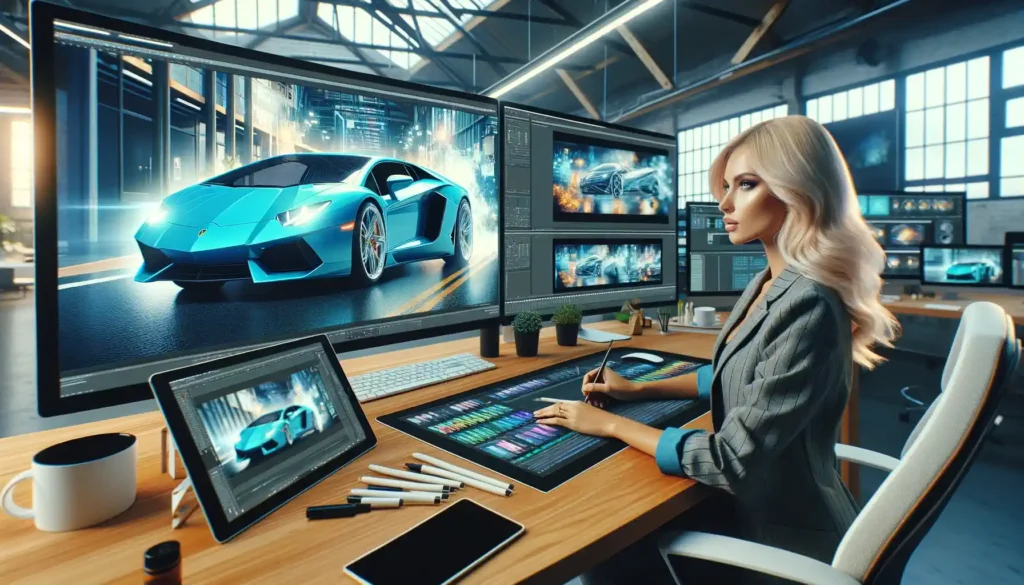
As digital media continues to dominate the advertising landscape, motion design has become a key player in the creation of effective and engaging video ads. Its ability to convey messages dynamically and memorably makes it an invaluable tool for brands looking to connect with their audiences. This comprehensive article explores the current state of motion design in video advertising and predicts how it will continue to evolve, shaping the future of digital marketing.
Current State of Motion Design in Video Advertising
Integration and Impact: Today, motion design is not just an embellishment for video ads but a fundamental component. It provides a way to bring static images to life, tell stories more effectively, and enhance the emotional impact of ads. Motion design helps brands to stand out in a crowded market by offering visually captivating experiences that are hard to ignore.
Technological Advancements: Advancements in software and technology have expanded the capabilities of motion designers. Tools like Adobe After Effects, Cinema 4D, and Autodesk Maya have become more sophisticated, allowing for more intricate and detailed animations that were not possible a few years ago.
Broader Accessibility: As tools have become more user-friendly and affordable, more businesses can take advantage of motion design. This democratization means that even smaller brands can produce high-quality animated video ads that compete with larger corporations.
Predicting the Next Wave of Motion Design in Advertising
1. Greater Personalization Through AI and Machine Learning:
As artificial intelligence and machine learning continue to advance, motion design will become increasingly personalized. AI can analyze viewer data to tailor animations in real-time, adjusting colors, messages, or even the storyline to better engage the individual viewer. This level of personalization could significantly increase conversion rates by delivering more relevant and resonant content.
2. Immersive Experiences with AR and VR:
Augmented Reality (AR) and Virtual Reality (VR) are set to revolutionize motion design in advertising. Brands could create fully immersive ad experiences that allow consumers to not just see a product, but interact with it in a virtual space. For example, a car manufacturer could use VR to give potential customers a virtual test drive of a new model right from their living room.
3. Hyper-Realistic Animations:
As technology progresses, expect to see more hyper-realistic animations that are indistinguishable from real life. These animations will likely be used to create more effective product demos and explainer videos, where clarity and detail are paramount.
4. Integration of Motion Design with Live Video:
Combining live-action footage with motion graphics is a trend that is expected to grow. This blend can make ads feel more relatable while still maintaining a high level of creativity and appeal. It can be particularly effective in personalizing brand messages and demonstrating product benefits.
5. Sustainability and Ethical Messaging:
As consumers become more concerned about environmental and social issues, brands will use motion design to align themselves with these values. Expect to see more video ads incorporating green themes, sustainable practices, and ethical commitments through compelling motion graphics.
6. Micro-Animations for Micro-Moments:
The rise of micro-moments – instances where consumers turn to a device to act on a need – will see an increase in micro-animations. These quick, informative animations can capture attention effectively during these brief yet critical touchpoints.
Dynamic Designs: How Technology Is Transforming Motion Graphics
The future of motion design in video advertising is vibrant and full of potential. As brands strive to capture attention in an increasingly digital world, motion design offers a dynamic and effective way to communicate with audiences. How Motion Design Will Evolve in The Digital Video Marketing. By staying ahead of technological advancements and shifting consumer preferences, motion designers and marketers can continue to create video advertisements that are not only eye-catching but also deeply engaging and highly personalized. This evolution in motion design will undoubtedly play a crucial role in the future of advertising, transforming how brands connect with their customers and drive meaningful engagement.
Hyper-Real Animation: The Future of Realistic Motion Design
The future of video advertising is set to be more dynamic, interactive, and personalized, with motion design playing a pivotal role in how brands engage with their audiences. As technology evolves, so too will the creative possibilities, allowing marketers to create more effective, visually compelling, and emotionally resonant video content. By staying ahead of these trends, marketers can leverage the full potential of motion design to create impactful advertising strategies that resonate well into the future.
- How to Create Viral VFX Ads: Exploring the Creative Processes
- Effective 3D Strategies for Video Advertisements with Animation in Action
- How Motion Design Will Evolve in The Digital Video Marketing
- Successful Motion Design Ad Campaigns Case Studies
- Trends in Motion Design: Analysis of Current and Emerging Trends in Video Ads

